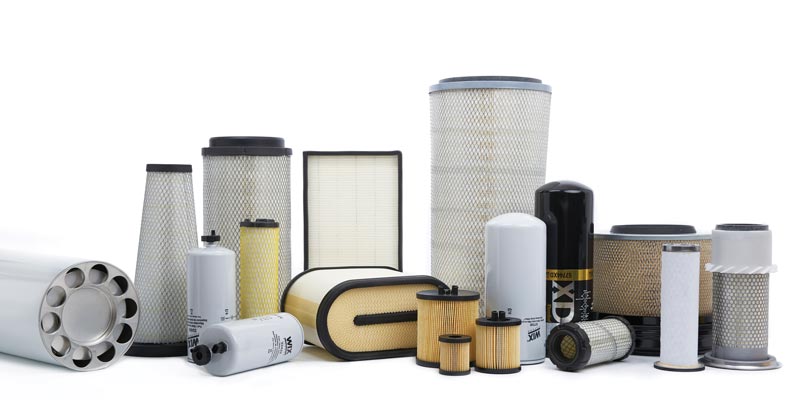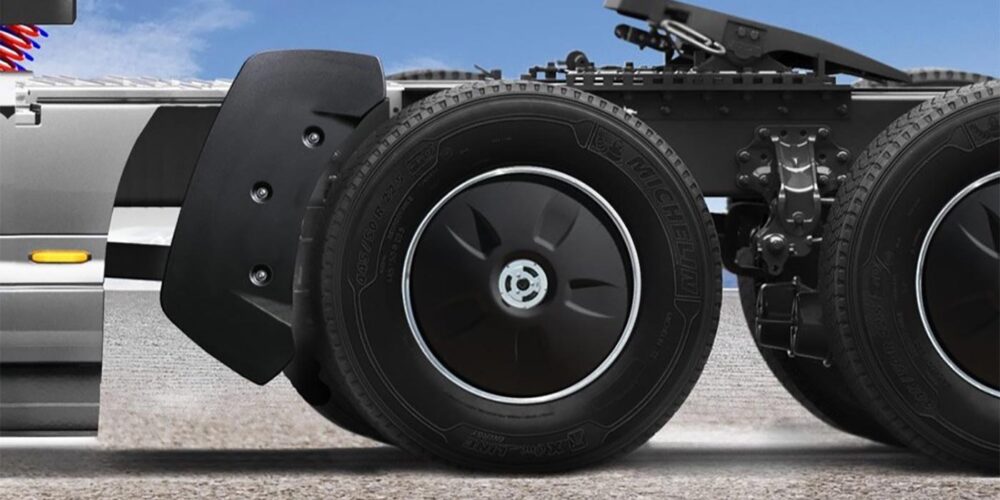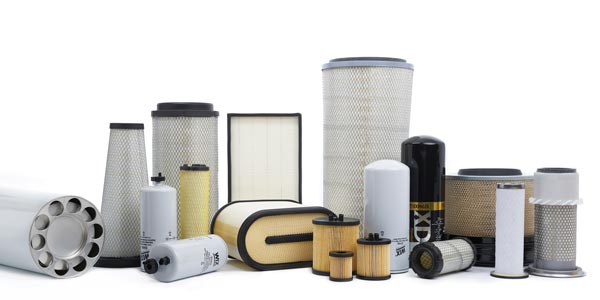
In vocational operations, trucks are exposed to harsh environments. For that reason, elements that can prevent these vehicles from operating at peak capacity require specific filter choices.
“As engines and equipment become more sophisticated and precise, the potential for damage and downtime skyrockets,” says Doug Lundstrom, product manager for engine filtration at Donaldson Co. “Contamination can come in many forms, and in many cases microscopic particles can lead to engine and parts failures. Effective filtration for fuel, oil or air is more important than ever when it comes to protecting an increasingly expensive fleet.”
Jared Gwin, product management and planning director at Cummins Filtration, points out that selecting a filter that meets or exceeds OEM performance specifications is the only way to ensure proper engine protection. In addition, he says, making a purchase decision based on the lowest price may save money up front, but will cost significantly more over time when you factor in things like progressive engine wear, decreased fuel economy and performance, unexpected downtime and reduced warranty.
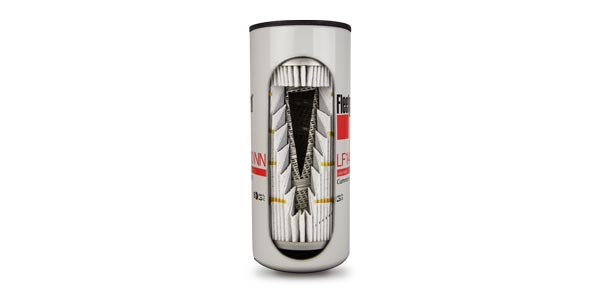
Primary focus
“When fleets are planning their filtration needs,” says Layne Gobrogge, director of heavy-duty marketing for Champion Laboratories/Luber-finer, “the primary focus should be on making sure the filters that they use meet the OEM’s established requirements. Fleets should also ensure that they are using filtration that will provide the best possible protection from the extreme conditions they may encounter.
“Overall, the metrics for filtration involve capacity, restriction and efficiency,” Gobrogge continues. “Capacity is a filter’s ability to catch and hold onto contaminants. Restriction refers to how freely air, oil or fuel can flow through the filter media and efficiency is a measure of a filter’s ability to trap contaminants of different sizes.”
It takes only eight ounces of dirt to destroy an engine, so fleets should choose filters that will protect their engines in even the harshest environments, notes Donald Chilton, director of product management at Mann+Hummel Group, provider of Wix Filters.
“A heavy-duty air filter should have a strong sealing gasket like silicone that will stay sealed in severe conditions,” Chilton relates. “In addition, its media should offer advanced pleats, including embossed pleats and pleat stabilization beads, that maximize filtration surface area, trap dirt and last longer. Heavy-duty oil filters should also house the proper media, which can vary depending on need.”
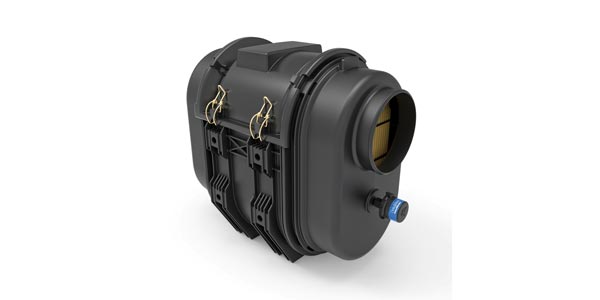
Driving efficiency
“Choosing the right filter isn’t about cost,” says Edward Vittoria, chief executive officer at Puradyn Filter Technologies. “It’s about driving efficiency. For example, when it comes to oil filtration, maintenance professionals often rely on standard full flow filters, but those filters are limited to removing solid particulates greater than 15 microns, and 60% of engine wear is caused by particles sized between five and 20 microns. Using any decent bypass filter will remove the majority of solids down to one micron, which leads to savings from reduced oil purchases, reduced disposal of waste oil, and reduced downtime and labor costs for oil changes.”
Donaldson’s Lundstrom notes that changes in fuels and engine designs have brought a new level of complexity to filtration, including requirements for finer particle filtration and better fuel-water separation. “Fuel filtration had to be re-engineered to meet demands for increasing levels of cleanliness and to protect the engine and its components from wear and damage,” he says. “Additionally, as lubricating oils have evolved to meet the demands of new emissions regulations and fuel efficiency requirements, lube filtration has become increasingly critical to the life of heavy-duty diesel engines.”
Lube filters are dependent on the condition of the engine’s oil, points out Cummins Filtration’s Jared Gwin. “Failing to adhere to OEM recommended oil drain intervals can lead to oil degradation and increased engine component wear,” he explains. “In turn, that will require the filter to remove an even higher amount of contaminants and lead to premature plugging that results in shorter filter life.
“Likewise,” Gwin continues, “if you are experiencing shorter fuel filter life due to plugging, the filter is functioning as intended by capturing the contaminants and particles that would otherwise cause degradation or failure of your high-pressure common rail fuel injection components. Use a fuel filter that meets the OEM specifications for particle removal efficiency.”
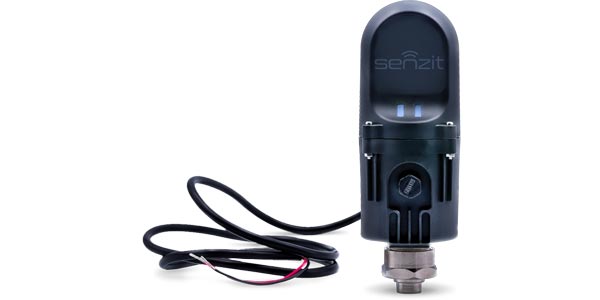
Distinct needs
Luber-finer’s Gobrogge says that whether it’s fuel, air, oil or other operating fluids, the key for a fleet or maintenance manager is to understand the distinct needs of their fleet vehicles. “Even the same manufacturer can have different specifications from one year to another,” he says. “Having a solid preventive maintenance schedule to replace filters will ensure peak operating efficiency.”
Filter choices from manufacturers continue to evolve to meet new needs and the often harsh service demands of vocational vehicles. These advanced technologies are using new types of filter media and new designs to provide an even higher level of protection.
Those ongoing developments in filter technology are what continue to provide choices that lead to higher levels of efficiency and cost effectiveness.
Check out the rest of the June digital edition of Fleet Equipment here.

